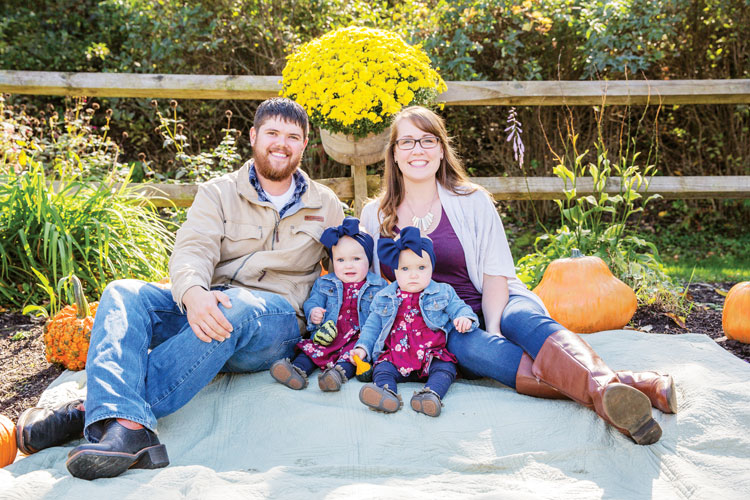
One of the biggest hurdles for young people interested in entering dairy farming is the incredibly high investment required. For the four young dairy producers interviewed for the Round Table “These young farmers came back to the dairy,” equity was acquired over time and through hard work. Read more on these young farmers in the December 2018 issue of Hoard’s Dairyman on pages 714 to 716.
Here’s how they answered the question, “How have you built equity?”
Glen Meadows Farm (Clark Egelston), Fultonville, N.Y.: Essentially, the only equity I’ve built in the farm is sweat equity. I’ve accepted a salary most Americans would refuse to work for, and in turn, the business will move forward and cover the expense of buying out my uncle until the end buyout amount is reached.
Likewise, my uncle accepted an amount lower than most business owners would accept for their share of the business. We all want to see the farm continue to grow and prosper. While we might not be living lavishly, we’ve got everything we need to live, and watching the legacy continue is an ultimate satisfaction. We all know that we need to have a contingency plan in case the worst happens as well as making sure retirement is in place. The farm has funded IRAs and stock club contributions in lieu of a 401k type retirement fund.
Our idea was, and is, that the farm will make sure that you are taken care of the rest of your life. In return, if you dedicate your life’s work to the farm, when the time comes to retire you won’t need to rely on the liquidation of the business to fund your retirement. There are plenty of financial advisors that would shred this response, but it’s all about your goals. Our main goal is to live a good life and since that includes watching the farm continue, this is the best option our family came up with.
Ohlde Dairy (Justin Ohlde), Linn, Kan.: We set up a loan, and we pay it back monthly through draws. The draws are equally weighted by ownership percentage. We also take a salary. We take a smaller salary than market, and the money stays in the dairy to help with growth.
Schulze Dairy (Chris Schulze), Holland, Minn.: A lot of our equity has been attained in the form of sweat equity working for the farm. We both also get a monthly draw for living expenses. For that reason, it’s really our goal to continue to improve the profitability of the farm and all of our balance sheets. Our group is focusing on growing the farm currently. Both Devin and I bought land in near proximity to the dairy and rent it back to the farm for crops.
Slaymaker Farm (Jessica and Dan Slaymaker), Mansfield, Pa.: Equity is definitely based in cow numbers for us. That equity just continues to grow because they reproduce. Our challenge is that we don’t want to grow. We can do a better job with fewer cows because we are spread so thin. We breed cows to beef quite often just so that we know we will sell the calf when it hits the ground.
Salary is hard. We take a perspective of investing in the farm first before drawing a higher salary. The mindset is that we don’t want to raise our salary while we have loans and such to pay off. Eventually, we hope to be able to do so, but we want to improve the farm first.








